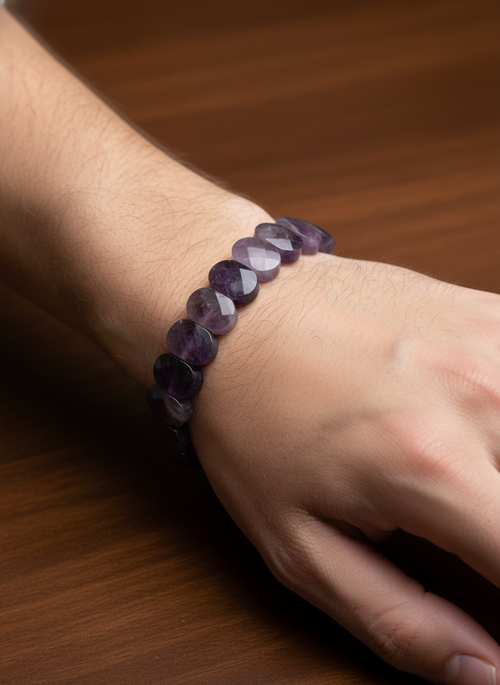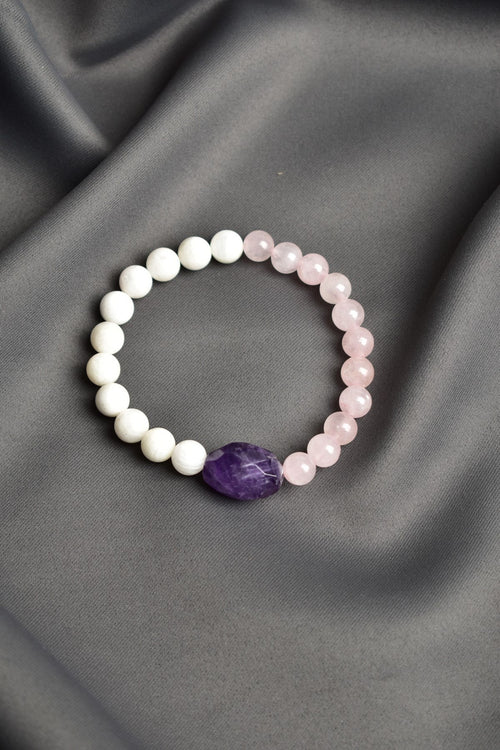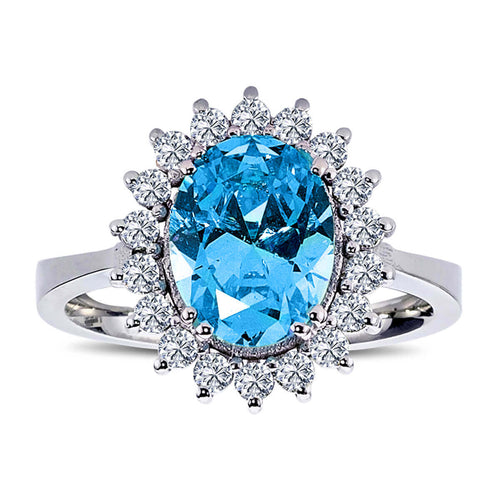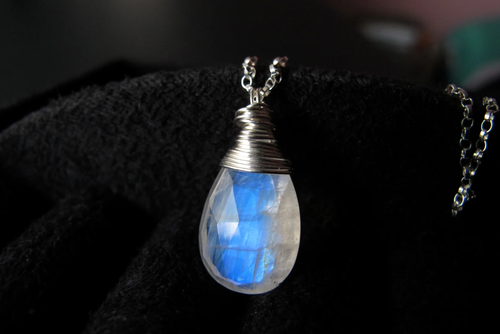ALL PRODUCTS IGSL INTERNATIONAL CERTIFIED
Sunstone is a precious feldspar mineral known for its shiny and golden appearance. This article examines where Sunstone is mined, its mineral structure, areas of use and price differences.
Where is Sunstone Extracted?
Sunstone can be found in various regions around the world. The major sunstone deposits are located in Norway, Canada, Russia, India and the USA (especially Oregon). These regions are famous for high quality sunstone and contribute greatly to the world market.
- Norway: Norway is one of the major sources of sunstone and high quality stones are mined here.
- Canada: There are also sunstone deposits in Canada.
- Russia: The Ural Mountains and Siberia are the main locations where sunstone deposits are found.
- India: India is an important country where sunstones of various colors and qualities are mined.
- USA: Oregon is one of the most famous places for high quality and uniquely colored sunstones.
Mineral Structure
Sunstone is a stone belonging to the feldspar mineral group, such as orthoclase and oligoclase, and its chemical formula is (K, Na) (Si, Al) 4 O 8. The stone contains characteristic golden or reddish sparkles, which are caused by hematite or goethite inclusions within the stone. Sunstone crystallizes in the triclinic crystal system and has a hardness of 6 - 6.5 on the Mohs hardness scale. These properties make the stone durable and suitable for jewelry making.
Areas of Use of Sun Stone
Sunstone is widely used in various jewelry and ornaments due to its aesthetic and durability properties. Here are some types of jewelry in which Sunstone is used:
- Necklace: Sunstone necklaces are popular jewelry that showcase the bright, golden shine of the stone.
- Ring: Sunstone rings are often used with precious metals such as silver or gold.
- Earrings: Sunstone earrings are among the jewelry that highlights the natural beauty of the stone.
- Bracelet: Sunstone bracelets are preferred accessories for both daily use and special occasions.
- Prayer Beads: Sunstone prayer beads are used for both spiritual and aesthetic purposes.
Price Differences
The price of Sunstone varies depending on various factors. These factors include the color, luster, clarity, cut, size and source of the stone. Here are the main factors that affect the prices of Sunstone:
- Color and Luster: The most valuable sunstones are those with distinct golden or reddish luster. The intensity of color and luster increases the value of the stone.
- Clarity: Sunstones that are clear and without internal inclusions are in greater demand and hence sell for higher prices.
- Cut: Professionally cut and polished sunstones are more valuable because they reflect light better.
- Size: Larger and heavier sunstones generally command higher prices than smaller stones.
- Source: High-quality sunstones from areas such as Oregon, Norway, and India are often more valuable than those from other sources.
Conclusion
Sunstone is a precious natural stone with a shiny and golden appearance. This stone, which is extracted from various regions around the world, is widely used in jewelry and ornaments with its aesthetic and physical properties. Its chemical structure and physical properties make Sunstone a sought-after stone in jewelry making. Sunstone, whose price varies depending on color, shine, clarity, cut, size and source, has a valuable place both in jewelry making and in collections.



























